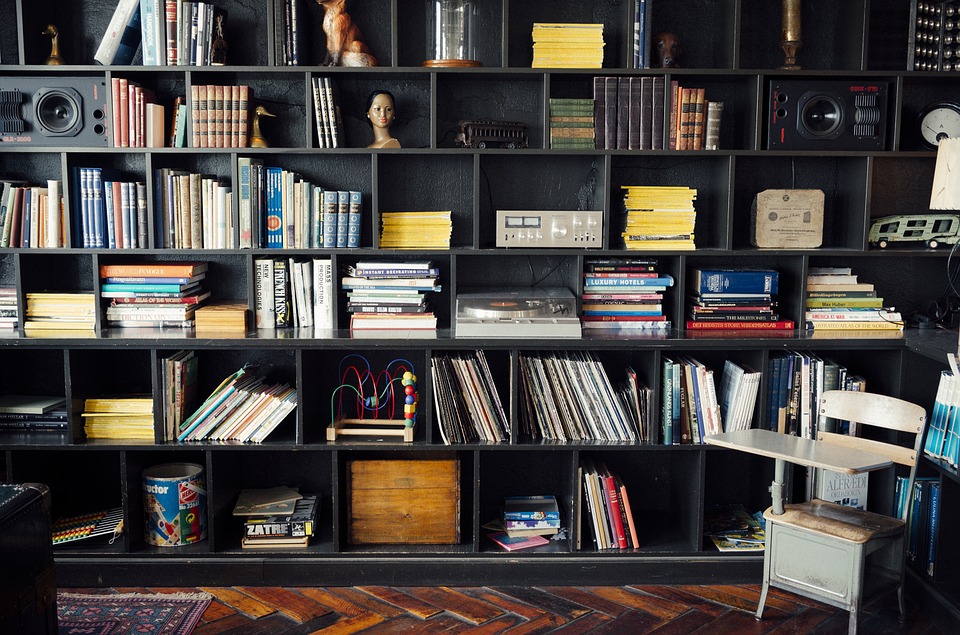Zoë Halse
The exhibition ‘The Long March to Equality: Treasures of the Women’s Library’, currently taking place at the Women’s Library at London Metropolitan University, aims to “capture the voices of women who were pioneers of the Women’s Liberation Movement in the late 1960s, 70s and 80s in England, Ireland Scotland and Wales”. It features an extensively researched collection of audio-clip interviews with many women who formed part of the movement, the first major oral history project of its kind, titled ‘Sisterhood and After: The Women’s Liberation Oral History Project’, directed by Dr. Margaretta Jolly, a senior lecturer here at Sussex. The exhibition also displays artefacts from some of the most pivotal moments of the Women’s Liberation struggle.

Dr. Jolly, herself a feminist activist from the age of 15 having enjoyed a special connection with the movement, explained the origins and significance of her and her colleagues’ research; “The project was partly inspired by the Women’s Library collection of oral histories of suffrage movement campaigners; it’s very magical now to be able to hear the voices of women who were so formative in defining and struggling for equal rights in the early part of the twentieth century, but we know that it will be equally magical in decades to come to hear the voices and know the intimate stories of the women who were struggling for later important issues of women’s equality”.
Assembling these oral histories has been no mean feat for everyone involved. The intensely personal interviews were often eight hours long or more, in order to document the duration of each woman’s participation in the movement, their background and what they are doing now.
The determination of all its participants in the successful, and sometimes emotional process, is a testament to the importance of the project. The audio-clips of the women are accompanied by various ‘Treasures of the Women’s Library’, which as Dr. Jolly explains, more than warrant their title.
The exhibits include many compelling items such as a miner’s pit lamp decorated by working-class female campaigners, who, like interviewee Betty Cook, had initiated their own organization alongside the National Union of Mine Workers in the 1980s. They also include bolt cutters that campaigners used to cut the fence at Greenham Common Airforce Base in their many protests against nuclear weapons.
Dr. Jolly maintains that the fact the history of the Women’s Liberation Movement has been given an institutional platform in the form of this exhibition represents a welcome turning point in the way it is considered. It shows that the events of the Women’s Movement have been more accepted and understood as an important part of our history as opposed to merely being something “very fringe, very radical”. The Women’s Library is also importantly sustaining it by archiving the recordings for future generations. There will also be a permanent website aimed at A-level students and their teachers, something Dr. Jolly is particularly proud of, as it will encourage the study of the Women’s Liberation Movement more widely as part of the national curriculum, prior to higher education.
The Women’s Liberation Movement has shaped modern society, in part, as Dr. Jolly points out, by showing different ways to be women and to be men. It has made it difficult to argue against principles like equal pay and opportunity, as shown by the recent decision that women will now be able to take their employers to court on grounds of unequal pay. She also stresses that its effects entail something “much more profound than that”. Sexual equality and pleasure was opened up to women by the movement, alongside gay and lesbian liberation campaigns, paving the way for the later celebrations of queer and today’s transsexual rights movement. This aspect of our culture therefore owes a great debt to these women.
Dr. Jolly is also keen to highlight that the movement’s legacy has served both sexes. Just as significantly as women being able to challenge male domination of high paid jobs, men are able to enter what was traditionally deemed the women’s sphere of domestic based work and responsibilities.
In our discussion, Dr. Jolly brought up a particularly compelling interview with Barbara Jones, who founded the first all-women’s building company, with the encouragement of the feminist association, Women in Manual Trades. Jones’ company merges carpentry and building skills with a whole philosophy of women moving out of dependent modes of femininity, today also combined with training others in non-sexist approaches to the trade. This nicely demonstrates how the Women’s Liberation Movement still continues to challenge and inspire in a world where women are still so underrepresented.
‘The Long March to Equality: Treasures of the Women’s Library’ is running from 17 October 2012 until Spring 2013 at the Women’s Library, London Metropolitan University, Old Castle Street, E1 7NT. Admission is free. Opening times Tues, Weds, Fri 9am-5pm; Thurs 9am-8:30pm.




